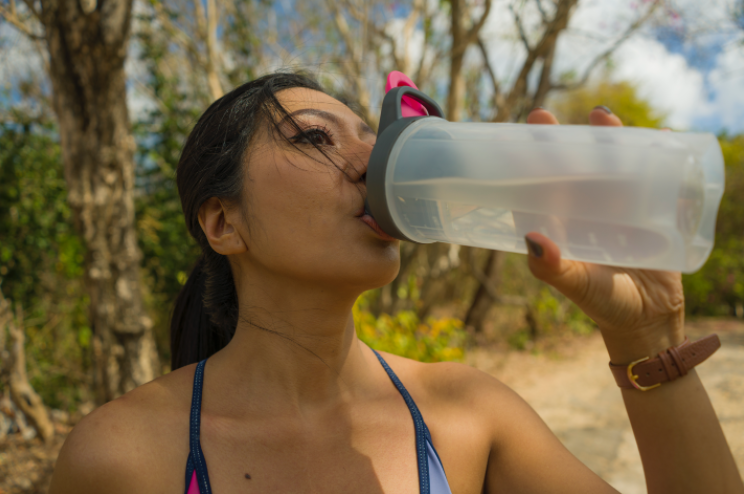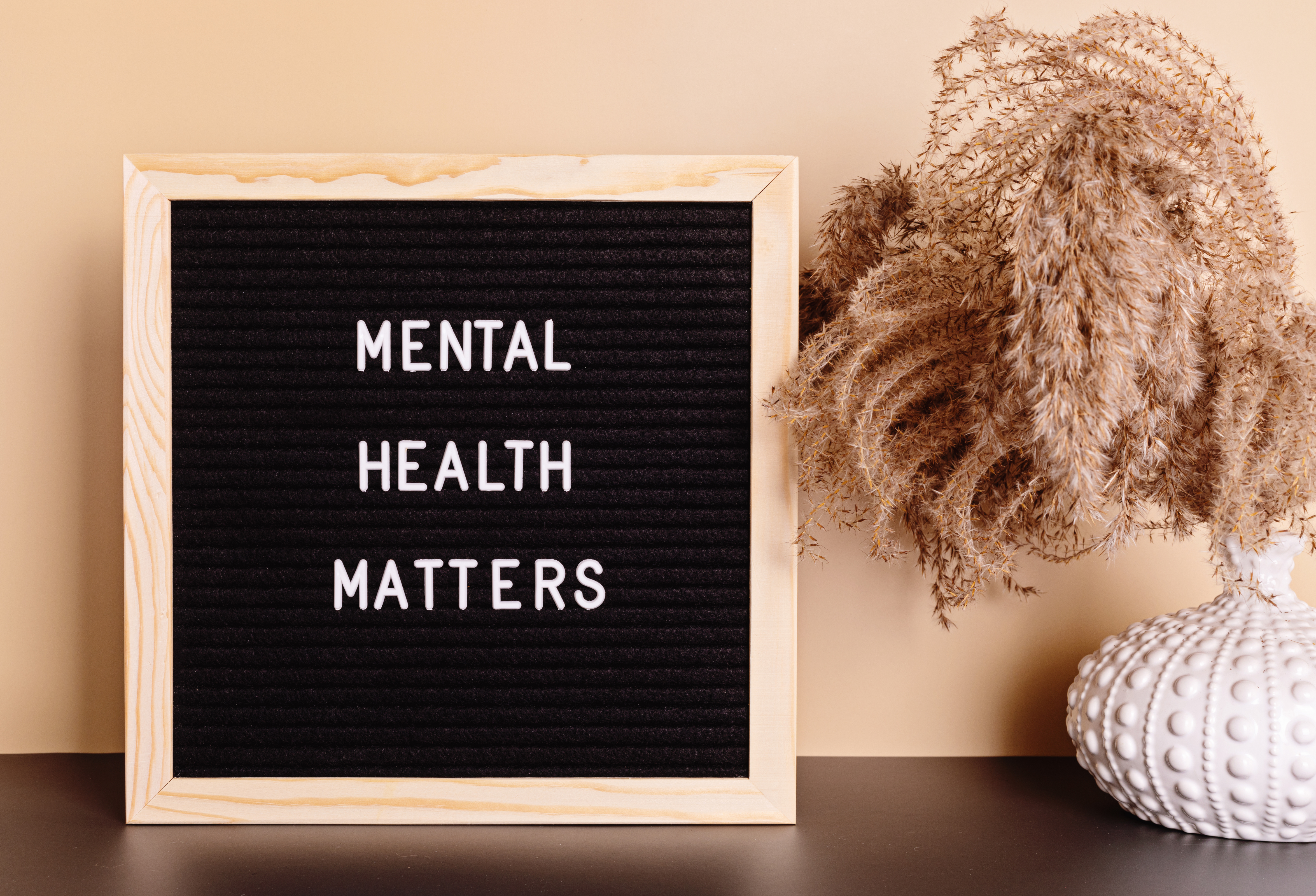By Michael Raynor, MS, RD, LDN
“Hydration is the key to success” is a phrase I’ve said to nearly every single one of my clients, regardless of their goals. The importance of being properly hydrated for the health of nearly every system and part of our body can’t be overstated. Hydration is important for the health of skin and muscles (and recovery from those awesome workouts that Empower is delivering), the brain functions better with proper hydration, and proper hydration is important for gut and intestinal health and to keep our bowel habits regular, not to mention the fact that proper hydration even helps with oral health. Clearly, I’m passionate about hydration and feel that it is often overlooked. When talking about hydration, I like to break it down into a few considerations.
How much fluid we need?
How can we meet our hydration needs?
How can we monitor how hydrated we are?
First things first, how much fluid do you need to be hydrated? There are lots of different recommendations swirling around regarding how much fluid someone should drink in a day, from 8 cups per day to 1 gallon per day. However, like much of nutrition, hydration isn’t a “one-size-fits-all” approach, and how much water you should drink in a day depends on your lifestyle, your activity level, and even your body size. The easiest, simplest starting place is to aim for half of your body weight in ounces of water per day. For example, if you weigh 160 lbs., you’d aim for.
80 oz of water each day. However, this is just a starting place, and you may need to drink more or less fluid depending on your needs. In addition, sweating and being active increase our needs above and beyond this “half our body weight” number. When exercising, an easy way to see how much fluid you need to drink to rehydrate is to weigh yourself before your workout and again after, and for every pound of weight you lose, aim to replace 16-20oz. For example, if you lost 2lbs over the course of your workout, add 32-40oz of water to your total water needs for the day.
Now, how to meet our hydration needs. We can meet our hydration needs several ways, and it’s important to remember that small things can add up. Ideally, our primary hydrating beverage is going to be water (including sparkling water, seltzer, etc.). Besides water, juices, sports drinks, caffeine free teas, milk, and non-dairy milks can all help us meet our daily hydration needs; however, we shouldn’t rely on these fluids for the bulk of our hydration. In addition, there are lots of foods higher in water that can help contribute to our hydration (albeit to a smaller degree, even so, every bit helps). Especially during summer, foods like watermelon, berries, cucumber, pineapple, and celery can be really refreshing, while also helping ensure we’re hydrated! There are also some beverages that aren’t as productive with our hydration. Coffees, caffeinated teas, and sodas shouldn’t count toward our daily fluid needs. Caffeine is a diuretic, meaning it increases the body’s production of urine. If you consume these caffeine sources regularly, this effect is less dramatic and the amount it dehydrates us doesn’t exceed the volume of the drink; but for this reason, we don’t want to count these caffeinated beverages as hydrating. Alcohol-containing beverages also don’t count toward our fluid needs and actually increase the amount of fluids we need, because alcohol is a potent diuretic and can dehydrate us if we don’t drink extra fluids to offset it.
The final piece of the puzzle is monitoring how hydrated we are to determine if we need more or less fluid. The easiest, cheapest, and most convenient way for us to monitor how hydrated we are is to look at the color of our urine. It may sound weird, but everybody pees. All I’m suggesting is you take a quick look in the toilet before you flush it. Now, some supplements can affect the color of our urine (for example, beetroot juice supplements or B-complex vitamins), and in these cases, you may have to rely on other means to monitor how hydrated you are. For most people, though, urine color is a great tool for monitoring hydration. We want our pee to be the color of pale lemonade or lighter, but not clear. So if your pee is darker than pale lemonade, increase your fluid intake. If your pee is completely clear, lay off the fluids for a little until it darkens up a bit. Over time, you’ll figure out how much water you need to drink in a day and monitoring your urine color just serves to make sure you’re on track throughout the day.
You can see why hydration is so important. You know what things help hydrate you, and you know how to check how hydrated you are throughout the day. The only thing left is to put it into practice. Like any new habit, it takes work and time to build this habit of good hydration, but it’s a habit that makes a big difference regardless of what your goals are. Just start small and work your way up. If you’re consistently drinking way less water than you should be, start by just adding an extra 8-16oz per day until you’ve got that under control consistently,
Then add another 8-16oz per day and keep working until you’re consistently hydrated throughout the day most days. One big thing that helps many people is to just carry a bottle of water around with you no matter where you go, whether it’s around the house, on the coach, running errands—just having a bottle of water there makes you more likely to drink from it.
Still feeling a little confused about how much fluid you need or how to hit that number? Need some accountability in building this habit? Reach out or set up a free Get-To-Know-You call with me!




